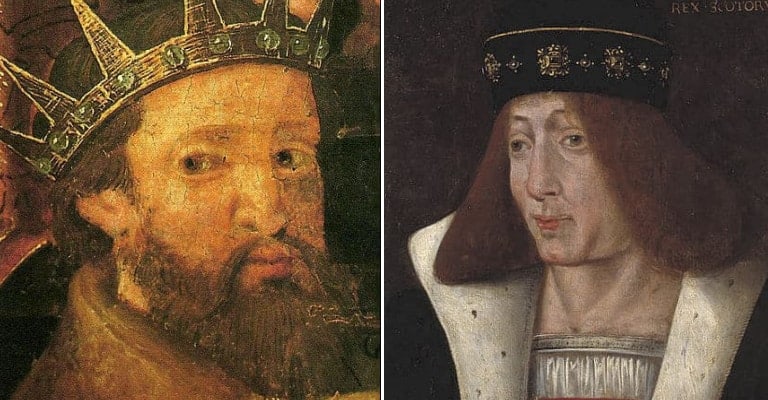Life is uncertain and, at times, unnecessarily cruel. As Benjamin Franklin famously quipped, “nothing can be said to be certain, except death and taxes”. Whether royalty or commoner, a single thread connecting all lives throughout history is the inevitable fact that they must, one day, come to a conclusion. However, whilst some individuals enjoy glorious deaths worthy of commemoration in songs of praise echoing across the centuries, others, even grand royalty, are condemned to unfortuantely derisory ends to their stories.

Here are 20 of the stupidest ways royals have met a most undignified end:

20. William the Conqueror, the victor of the Battle of Hastings, was killed, accidentally, by his own horse in 1087 when it suddenly bucked
William I, also known as William the Conqueror or William the Bastard, reigned from 1066 until his death in 1087 as the first Norman King of England. Seizing the crown after his famed victory at the Battle of Hastings, defeating the forces of Anglo-Saxon King Harold II, William’s tenure was marked by an increased focus on military governance. Countless castles were constructed across England, a new nobility was settled to oversee his possession, and the possibility of revolt or invasion by the Danes remained prominent throughout his reign. At the age of approximately 59, in 1087 William embarked upon one final campaign in northern France.
In the course of capturing Mantes in July 1087, William was suddenly struck down; two competing accounts exist regarding the cause of his demise six weeks later. The official proclamation stated an unspecified illness, but the historical record strongly suggests a far less dignified end for the conqueror. Instead, it has been contended William’s horse unexpectedly bucked, throwing the aging king onto the saddle’s pommel and causing massive internal organ damage. Not the end of his humiliations, as William’s body was being interred his putrid corpse was accidentally burst, releasing a sickening smell throughout the cathedral.

